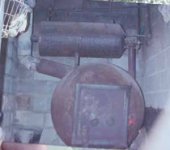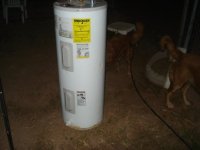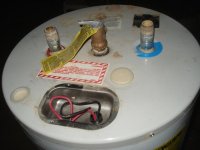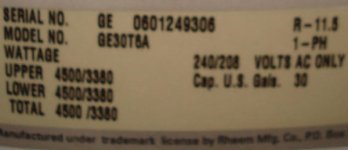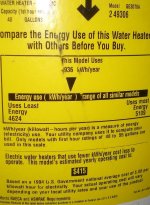John in CR
100 TW
We got an incredible deal on an incredible house, but primarily because the luxury bathrooms got gutted including the hot water heaters. My wife heard cold water was good for hair and skin, but after 2 weeks of only cold water showers, I say screw this, so it's time to build a solar hot water heater. At this point anything above just cold will be like a luxury shower for us.
We get no freezing weather, so a thermosyphon is the name of the game. The collector part will be a snap, as will supporting any size tank I want. If I go gravity fed, then a large tank is also a snap, but my concern is plumbing the cold water, since at the end of full sunny days the water may be too hot and need cold added. How would low gravity pressure combine with municipal water pressure cold side work? Due to the simplicity I'd prefer gravity fed...maybe a 2nd tank for the cold also gravity feeding the shower plumbing is the answer.
If gravity fed won't work then I need something cheap for a tank that can handle municipal water pressure. Old hot water tanks are probably hard to find, so I'm open to all suggestions.
John
We get no freezing weather, so a thermosyphon is the name of the game. The collector part will be a snap, as will supporting any size tank I want. If I go gravity fed, then a large tank is also a snap, but my concern is plumbing the cold water, since at the end of full sunny days the water may be too hot and need cold added. How would low gravity pressure combine with municipal water pressure cold side work? Due to the simplicity I'd prefer gravity fed...maybe a 2nd tank for the cold also gravity feeding the shower plumbing is the answer.
If gravity fed won't work then I need something cheap for a tank that can handle municipal water pressure. Old hot water tanks are probably hard to find, so I'm open to all suggestions.
John


